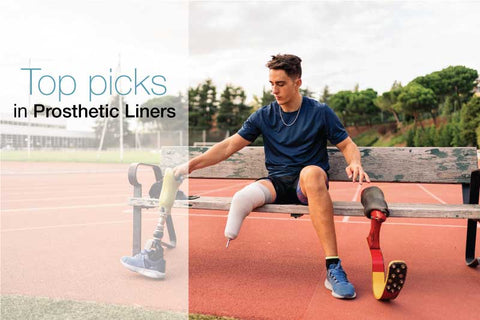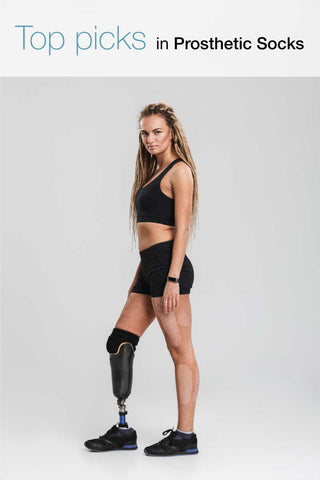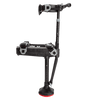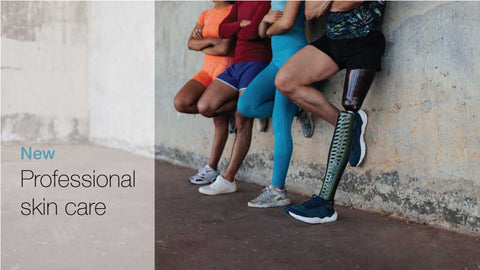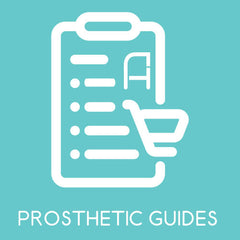Adaptive Teams Advocating for Change
Reading Time: 3 minutes
Individuals living with limb loss are often encouraged to maintain active lifestyles, as this can improve their health and overall well-being. However, many prosthetic users cannot get insurance coverage for high-performance prosthetics, leading them to either bear expensive out-of-pocket costs or reduce their physical activities, which can lead to a more sedentary lifestyle. The So Every BODY Can Move initiative aims to tackle this disparity in healthcare access.

Established in 2022, the So Every BODY Can Move initiative raises awareness and advocates for better insurance coverage for orthotics and prosthetics. A key aspect of their work involves sending adaptive teams to compete in various sports events to spread their message. At the recent Big Hurt race, they sent two teams that completed the four-person category, achieving a combined finish time of 5 hours, 42 minutes, and 23 seconds.
The adaptive teams also participated in the renowned Providence Hood to Coast Relay, an endurance challenge that runs from Mount Hood to the Oregon Coast, as well as the demanding Mammoth Trail Fest in California, which spans 16 miles and ascends 3,800 vertical feet.
The Woman Behind the Movement
Nicole Ver Kuilen, a co-founder of Forrest Stump, spearheads the So Every BODY Can Move initiative. Forrest Stump is a non-profit advocacy organization and fiscal sponsor of the movement. Ver Kuilen aims to ensure amputees receive better insurance support for advanced prosthetics that enable active lifestyles. Her own journey highlights the obstacles amputees often encounter.
After losing her leg to bone cancer at just 10 years old, Ver Kuilen struggled with the limitations of basic prosthetics that fall short for athletic pursuits. Many high-performance prosthetics, like running blades, often lack insurance coverage and can range in cost from $10,000 to $15,000, resulting in some becoming less active or struggling to finance these devices themselves.
Ver Kuilen has first-hand experience with the limitations of basic prosthetics for running. She had to replace her prosthesis every six months, and using a basic prosthetic leg for running caused her pelvis to go out of alignment.
What to Look Out For in 2025
In 2025, the organization is supporting legislation proposed in Washington. Championed by Monica Stonier of Vancouver, the proposed bill aims to ensure that insurance providers cover orthotics and prosthetics that would enable people living with limb loss to participate in sports.
Eight states have successfully implemented similar laws to date, while efforts to push for legislation continue in 37 states. The overarching goal is to enact legislation in 28 states by the time the 2028 Paralympics are held in Los Angeles, which could serve as a catalyst for further federal policy changes.
If this legislation were to pass, it would be a groundbreaking step toward empowering people living with limb loss and limb differences.






